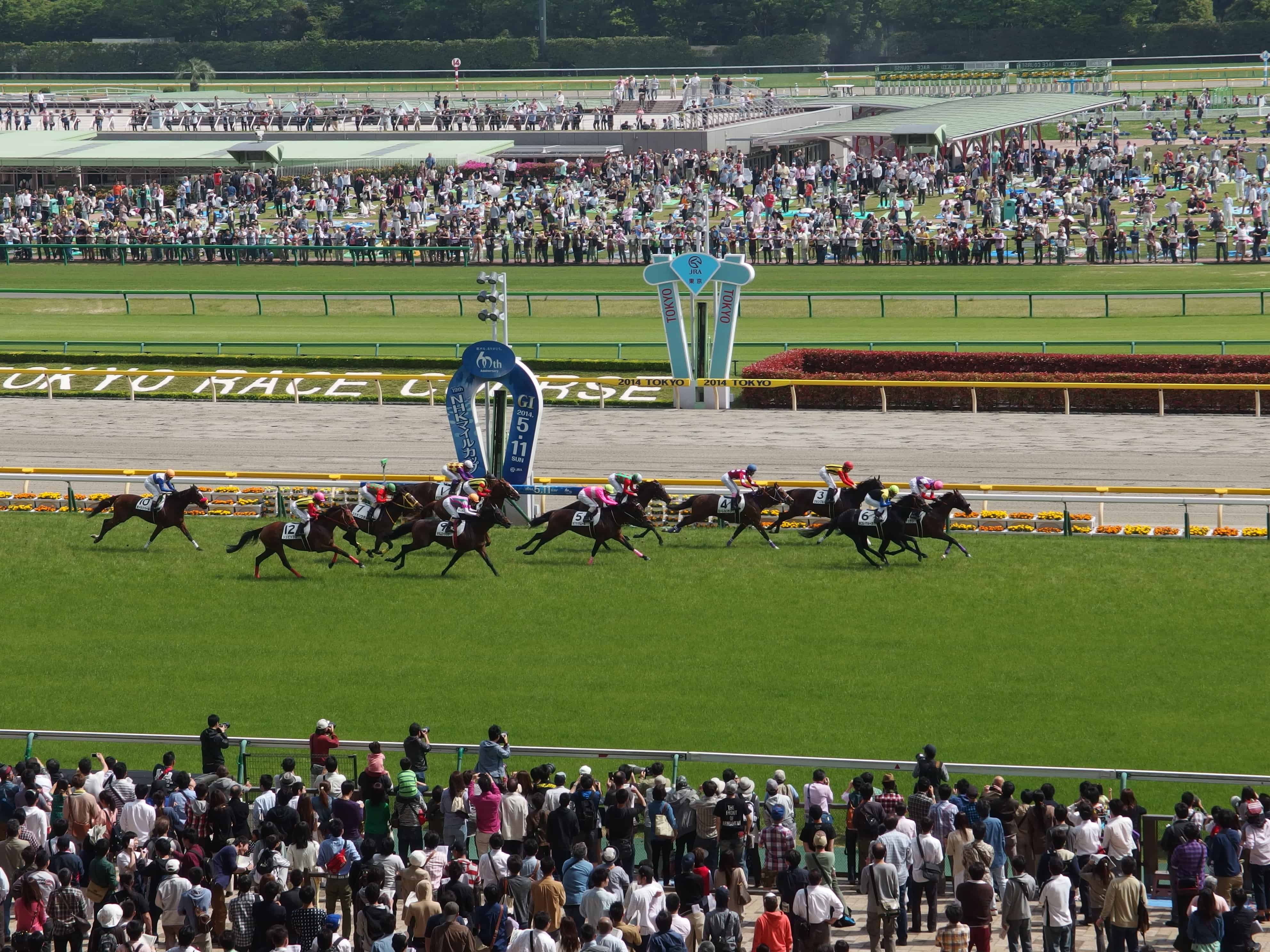With some of the most famous and historic horse races taking place in the U.S. and Europe, it’s easy to forget that Asia is one of the sport’s most progressive markets. The recent news that Singapore Turf Club is set to reintroduce big-money international races got us thinking about how the sport is on the rise in Asia. And if we’re totally honest, we were quite surprised by the numbers.
Everyone knows about horse racing in Hong Kong and how embedded in local culture the sport has become over the last 25 years or so. Singapore is also another cornerstone of the Asian racing industry, but with massive expatriate communities residing in both Hong Kong and Singapore and both being former British territories, it’s little wonder that the sport has flourished in both city-states.
But to become a sport that is truly embraced by the region, it would take a little more than two former colonies adopting horse racing as a major sport. Yet, racing has a lot more history in Asia than you think.
In Japan, there are over 21,000 races held each year, and while it started as a sport to entertain the expat community back in 1862, it quickly became popular with the locals. There are 10 main racecourses managed by the Japanese Racing Association and several smaller circuits.
The Japan Cup is the highlight of the racing calendar, and this year’s purse is worth an estimated $5.6 million USD. BetStars has last year’s winner Kitasan Black as the favorite to win Japan’s most prestigious horse race, but to tell the truth, it’s baffling that a lot of racing lovers in the U.K. and U.S. have only heard of this race in passing.
The racing authority in Korea is trying their best to follow in the footsteps of Japan and is currently modeling its setup on the success of Hong Kong racing. However, Korea being Korea has put its own distinctive slant on how it promotes horse racing. From K-pop concerts to a horse-racing theme park called Whinny World in the center of the Seoul Racecourse Park, there’s a very different and more family-friendly side to racing in this part of the world. And thanks to the racing authorities’ efforts, the sport is now booming and is set to overtake baseball in terms of crowd attendance.
The most popular races are the Korea Sprint and the Korean Cup, which are worth $890,000 USD and $623,000 USD, respectively, but plans are in place to increase these purses to $2.7 million USD and $1.8 million USD by 2022.
Additionally, both Japan and Korea are making a concerted effort to internationalize their local racing events by inviting foreign horses to take part by employing foreign jockeys and trainers to work full-time in local stables. The thinking is that by doing so they will not only gain professionals who honed their skills in the big markets but that this will also help to bring their local races to a larger audience.
It’s clear that horse racing is booming in Asia thanks to the investment by local authorities in their races, but that’s not where it ends. Casino gaming is incredibly popular in the region as well, but it is also heavily regulated in many nations. For example, in Japan, there are only four sports that you are allowed to bet on legally, and horse racing is, of course, one. And the public takes serious advantage of it. For last year’s Prix de l’Arc de Triomphe, Japanese people bet twice as much money on the race as the French did. If that doesn’t show a passion for the sport, then nothing does.
With burgeoning markets in Thailand, Malaysia, the Philippines and now Korea alongside the established Singapore, Japan and Hong Kong markets, the rise of horse racing in Asia is nothing short of meteoric. Should it continue at its current pace, can we expect the Asian racing industry to overtake those in Europe and possibly even the U.S.? It’s a distinct possibility that it’s starting to look very likely indeed.






















